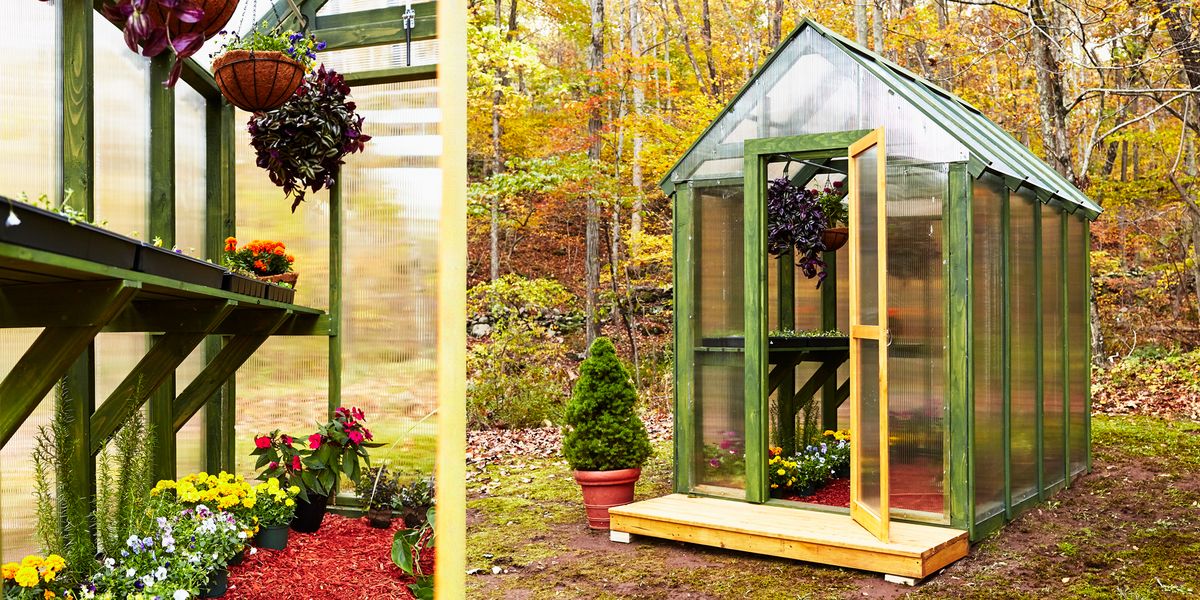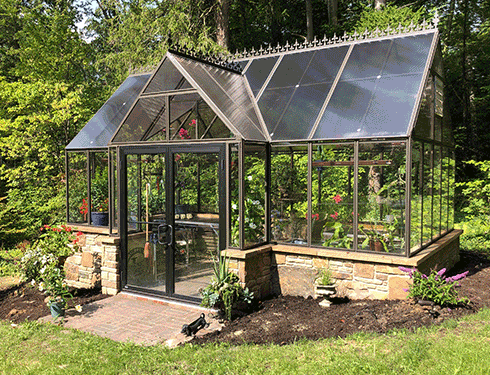Seamless Integration: Monarch Greenhouse Installation Utah Expert Touch
Wiki Article
The Future of Greenhouses: Innovations in Lasting Farming
Are you interested about the future of greenhouses and how they are reinventing sustainable agriculture? From sophisticated climate control systems to vertical farming methods, water-efficient irrigation techniques, renewable energy integration, and wise data analytics, these improvements are transforming the way we expand our food.Advanced Climate Control Solution
To accomplish ideal growing conditions, you can count on the improvements in greenhouses with advanced climate control systems. These systems have changed the way we cultivate plants, supplying a controlled environment that contributes to plant development. With these ingenious systems, you can now manipulate temperature level, moisture, light levels, and even carbon dioxide concentrations to produce the excellent conditions for your plants to grow.Among the key attributes of these innovative environment control systems is their capability to regulate temperature level. By utilizing sensing units and automated controls, the greenhouse can change the temperature based on the details needs of the plants. This ensures that they are never ever revealed to severe warm or cool, which can be destructive to their growth.
Moisture control is another vital element of these systems. By maintaining the optimal moisture degrees, you can protect against concerns such as mold, mildew, and disease from influencing your plants. These systems can additionally regulate the amount of light that gets to the plants, ensuring that they obtain the optimal amount for photosynthesis.
Additionally, progressed environment control systems can also adjust CO2 focus. By raising the degrees of carbon dioxide in the greenhouse, you can boost plant growth and efficiency. This is particularly helpful in locations with reduced natural CO2 degrees.
Vertical Farming Strategies
One essential upright farming technique is utilizing piled growing systems. Monarch Residential Greenhouse Utah. These systems involve setting up plants in multiple layers, up and down piled on top of each various other. By making use of upright area, farmers can optimize their plant yield without calling for added land. Stacked expanding systems are commonly used in metropolitan locations where room is restricted.One preferred technique is known as vertical hydroponics, where plants are expanded in nutrient-rich water without dirt. This strategy is highly effective as it decreases water use by approximately 90% compared to typical farming techniques. Furthermore, given that the plants are grown inside, they are safeguarded from illness and bugs, minimizing the demand for chemicals.
One more method is aeroponics, which entails putting on hold the plant origins in a haze or air setting. This method enables for ideal nutrient absorption and oxygenation, resulting in faster development and higher yields. Aeroponics likewise makes use of less water than conventional farming and can be carried out in vertical systems, making it a prominent selection for upright farming.
Water-efficient Irrigation Approaches
Maximizing water preservation is crucial when it involves implementing water-efficient irrigation approaches in lasting farming. With international water deficiency coming to be a pushing issue, it is important to create cutting-edge strategies that maximize water usage in greenhouse procedures.One promising method is drip irrigation, which supplies water directly to the plant origins, decreasing waste and dissipation. By utilizing a network of tubes with small emitters, water is applied gradually and precisely, making certain that plants receive the required moisture without excess overflow.
One more reliable method is using soil moisture sensors. These tools determine the moisture content in the dirt and offer real-time information to farmers. By keeping an eye on the soil's dampness levels, farmers can precisely establish when and just how much water to apply, protecting against over-irrigation.
In addition, the application of rainwater harvesting systems is getting appeal in greenhouse farming. Accumulating rain from rooftops and saving it in storage tanks enables farmers to use this natural resource for watering functions, decreasing dependence on standard water resources.
Finally, the adoption of automated watering systems can dramatically improve water efficiency. These systems make use of sensors to spot dirt wetness degrees and weather, readjusting watering routines as necessary. By enhancing water usage based on real plant demands, these systems can minimize water waste and promote sustainable farming methods.
Renewable Resource Combination
Sustainable energy assimilation in greenhouses uses numerous benefits, consisting of decreased operating costs and decreased dependence on non-renewable power sources. The produced power can then be used to run different procedures within the greenhouse, such as heating, air flow, and illumination systems. These turbines harness wind power and convert it into electrical energy, which can be utilized to supplement the energy requirements of the greenhouse.Smart Information Analytics and Automation
To improve the effectiveness of your greenhouse operations and enhance resource Monarch Greenhouse builder Utah utilization, take into consideration implementing smart information analytics and automation. Smart information analytics involves gathering and analyzing data from different sensors and gadgets within your greenhouse.
Automation, on the various other hand, involves making use of innovation to automate tasks that were formerly done manually. This can include automating the control of lighting, air flow, irrigation systems, and nutrient delivery. By automating these processes, you can ensure that your plants get the ideal conditions and nutrients at the best time, without the need for consistent hand-operated treatment. This not only conserves you time and initiative however additionally decreases the danger of human mistake.
Moreover, clever information analytics and automation can collaborate synergistically. The data accumulated by sensors can be used to notify computerized systems, permitting them to make real-time modifications based upon the present problems. This integration of data analytics and automation can cause a lot more efficient and accurate source allocation, inevitably resulting in higher returns and better crop high quality.
Conclusion
Finally, the future of greenhouses in lasting farming looks appealing. With innovative environment control systems, vertical farming techniques, water-efficient watering approaches, and renewable resource integration, greenhouses are coming to be extra efficient and ecologically pleasant. Additionally, the use of wise data analytics and automation further boosts productivity and reduces waste. These developments are leading the way for a much more lasting and reliable agricultural sector, making sure a greener and much healthier future for all.
By maximizing water use based on actual plant requirements, these systems can minimize water waste and promote lasting farming methods.

Report this wiki page